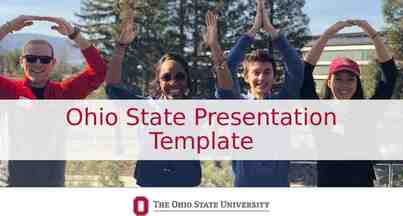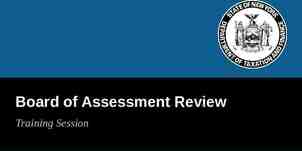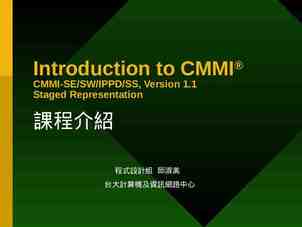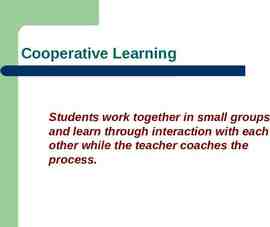Secure Chat Usage Guidelines Meeting-in-a-Box July 1, 2020
8 Slides161.66 KB

Secure Chat Usage Guidelines Meeting-in-a-Box July 1, 2020

Secure Chat Key Messages Secure Chat is a communication tool within Epic where providers, clinicians and staff can exchange non-urgent, HIPAA-compliant messages through desktops, WOWs or Epic mobile apps. Secure Chat does not replace current methods for contacting on-call physicians, including PerfectServe. It should only be used for non-urgent communication related to daily work activities. If used inappropriately, Secure Chat can delay essential patient care and lead to safety incidents. For more information, including FAQs and tip sheets, visit it.houstonmethodist.org/securechat. 2

Secure Chat Reminders Providers may be in surgery, unavailable or not on-call. To confirm a provider’s availability, use available resources, including on-call schedules or PerfectServe (if applicable on your campus). Physicians may miss your messages if they don’t have Epic Haiku or Canto on their mobile devices. Physicians without mobile tools (Haiku/Canto) will only receive messages on a workstation. Most people aren’t logged into Epic constantly to view all incoming messages. Incoming messages are not monitored by an administrator or group. Contact the correct escalation team member to avoid a delayed response. 3

Secure Chat Reminders Your message may not be received in a timely manner if the provider’s status is blank or unavailable. Non-physician staff can only access messages when logged in to Epic. Epic mobile devices are only used by MDs, APPs, Residents and Fellows (Haiku/Canto) and RNs (Rover). Set your availability status if you’re not available. This helps the sender to know if you’re not available and unlikely to respond to messages. Availability status only changes if you manually update it or set an expiration date/time. 4

Secure Chat Reminders Be sure to turn on your notifications if using a mobile device. Notifications may include visual or audio alerts at five-minute intervals for up to 60 minutes. Notifications can be set by individual users or designated groups for different alert types, including: Admission, anesthesia page, appointment arrival, appointment update, care team, case event, chart completion, conversation updates, clinic cosign orders, discharge, In Basket notification, telemedicine (patient arrival), patient medical advice, results, transfer and what’s new. 5

Urgent Provider Communications To reach on-call or covering physicians for urgent patient issues: Use normal methods to contact providers, including pagers, answering service, resident service or after-hours contacts. Where applicable, use PerfectServe to identify and reach on-call providers. 6

Secure Chat Reminders Use Secure Chat Do not use Secure Chat For non-urgent situations and scenarios, such as: Requesting pharmacistprovided patient education. Dialogue between nurses on a patient’s fall risk or restraint concern. Coordinating a time with Physical Therapy for a patient who has multiple diagnostic tests scheduled. Advising night shift clinicians about a patient’s turn schedule. Discussing patient discharge plans and DME To bypass the normal sequence of care for contacting providers. Contact the correct person, at the right time. Before contacting the attending OR physician, reach out to team in-house Residents or the escalation team. When a rapid response for patient concerns is needed, using Secure Chat may present a patient safety risk, including when: A patient’s condition is deteriorating. Requesting rush or timely orders. 7







